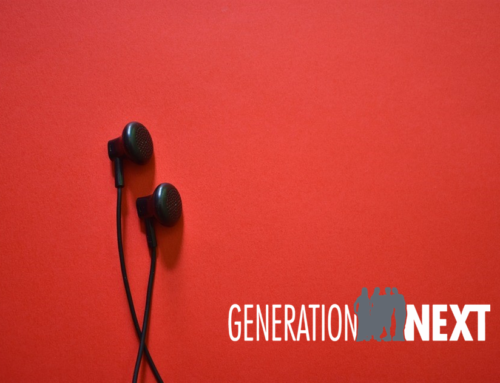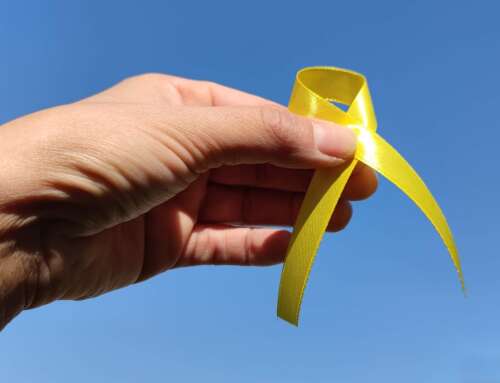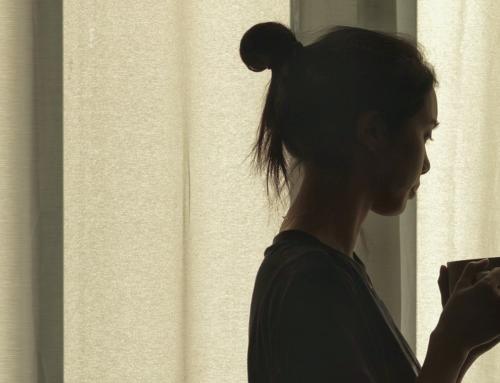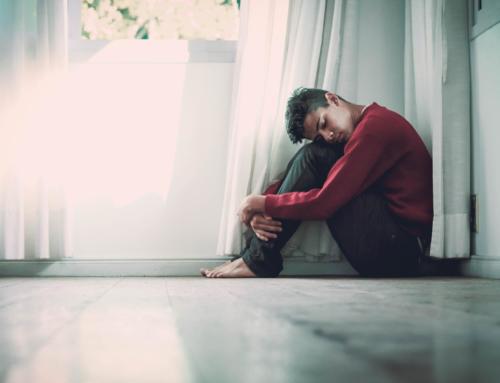Earlier this year, the World Health Organisation (WHO) listed depression as the leading cause of ill health and disability worldwide.
Not lung cancer, obesity or heart disease (on their own, individual fronts), but depression — a common and serious mood disorder that, today, will reach one in seven Australians alone at some point in their lifetime.
It has not always been this way. The WHO’s latest estimates show an 18 percent jump, globally, between 2005 and 2015. Yet despite advancements in modern neuroscience, we remain mystified by what causes it — and why some are more vulnerable to it than others.
“But this is also an inherent challenge, as understanding the combination of factors that has caused the depression, in an individual case, and what is the best path for treatment is far from simple. In truth, there are still a lot of gaps.”
Why cause matters
In simple terms, clinical depression is a mood disorder that can begin at any age, and manifest in different forms. Early-onset means the illness is observed in children, adolescence or young adulthood, while late-onset typically occurs in adults aged 65 years or older.
Like any illness, it comes down to a “syndromal diagnosis”: low mood and/or loss of interest and pleasure in usual activities, as well as other symptoms, for at least two weeks.
“Saying someone has major depression is the same thing as saying someone has pneumonia or heart failure. We see the signs and symptoms,” Hickie said.
“With pneumonia, your lungs may be inflamed or there may be fluid around them. You may have a fever, or an infection. Trying to work out the individual case to treat it is in part due to the problem, but it is also in part due to what is causing it.”
In psychiatry, such syndromal diagnosis draws even more questions — with arguably greater risks.
“We are at a place in psychiatry — where most physical health infections and diseases were at about fifty years ago — where we are jumping from well recognised syndromes to much more specific causes and treatments,” Hickie said.
“As brain science rapidly improves, the goal is to get highly personalised statements about the likely cause, and importantly, if you have it, how to treat it?
“Cause matters for treatment and for prevention. If you know things, you can do something about it.”
Nature versus nurture
Beyond the syndromal diagnosis of major (or clinical) depression are a range of sub-types.
Perinatal depression is experienced by women before or leading up to pregnancy, whilst atypical depression, involves specific symptoms related to excessive sleepiness or fatigue, often raising its head in early years.
For each sub-type, there is a different pathway, paved by a combination of environmental, biological and genetic factors.
According to Hickie, this complex interplay can be understood using a 70 to 30 ratio.
“What we know from a range of family adoption and twin studies is that if you deal with the population as a whole, about 30 percent of the causation of these forms of depression is genetic. About 70 percent is possibly environmental, meaning anything that has happened to you, now or in childhood,” Hickie said.
“These are well-replicated estimates, but they are just averages. What they don’t tell you is the individual situation. In some families and in some settings, for example, it is likely that the genetic component is going to be much stronger.”
This ‘nature versus nurture’ explanation has been etched into explanations of causation since the 1970s. But Hickie believes it is misunderstood.
Environmental factors in early onset depression
Childhood anxiety
According to Hickie, about 50 percent of the cases of early onset depression are underpinned by childhood anxiety.
“Anxious kids become depressed teenagers,” Hickie said.
“There are a series of changes that happen in puberty that transforms the situation from anxiety, to moodiness. Symptoms take off, particularly among 12 to 14-year-olds, and by 15 or 16, you see increasing rates of formal depressive disorders.”
Of these changes, some are undoubtedly hormonal.
“You see higher rates in girls of this age than boys, so there are clear biological processes going on, underpinned by hormonal and immune changes. But which girls get depressed in that particular period? We can’t predict that.”
A disturbed sleep/wake cycle
Links between sleep disturbance and depression are strong, with both the subjective experience of sleep symptoms and changes to sleep architecture being well documented.
Beyond anxiety, approximately 30 percent of cases can be explained by a disturbed sleep/wake cycle — a symptom of atypical depression among teens. This is also known as hypersomnia.
Brain developmental problems
According to Hickie, this is the third most common pathway.
“If a child has an abnormality in brain development early in life, their chances of getting depressed later on increases,” Hickie said.
There are some complex brain and social reasonings behind this.
“Those kids with ADHD or autistic disorders are more likely to have had school difficulties, experienced failure or bullying — on top of the brain impairment,” Hickie said.
And while each pathway offers an opportunity for recognition and prevention in childhood, they are usually not addressed.
“The problem hits the wall during adolescence, and it becomes commonly associated social isolation, troubles with peer relationships and poor performance. That’s where the kids usually reach a point of tension — through self harm, suicidal ideation and more obvious displays of stress,” Hickie said.
“A lot of the boys also go on to abuse alcohol and drugs and coping mechanisms and you start to see secondary problems arising in their 20s.”
Life events
Beyond common pathways, types of depression can also be triggered by a response to a distressing situation, like loss or stress.
Childhood sex abuse is a specific risk factor.
“Young girls have higher rates of exposure to sexual assault. We don’t need to wait to find out who is most at risk to start reducing the risk factor in that situation,” Hickie said.
Having a baby is another example. While two thirds of cases are found in women who were depressed before having their baby (antenatal depression), the illness is a new experience for one third of new mothers. This is tied to a range of environmental factors.
“This probably relates to a combination of hormonal insult plus big changes in sleep wake cycle. But if you are vulnerable to a disrupted sleep cycle, you may not find that out until you have your first baby,” Hickie said.
– Emma Brancatisano
Read more: How Does A Person Come To Be Diagnosed With Depression?







Leave A Comment